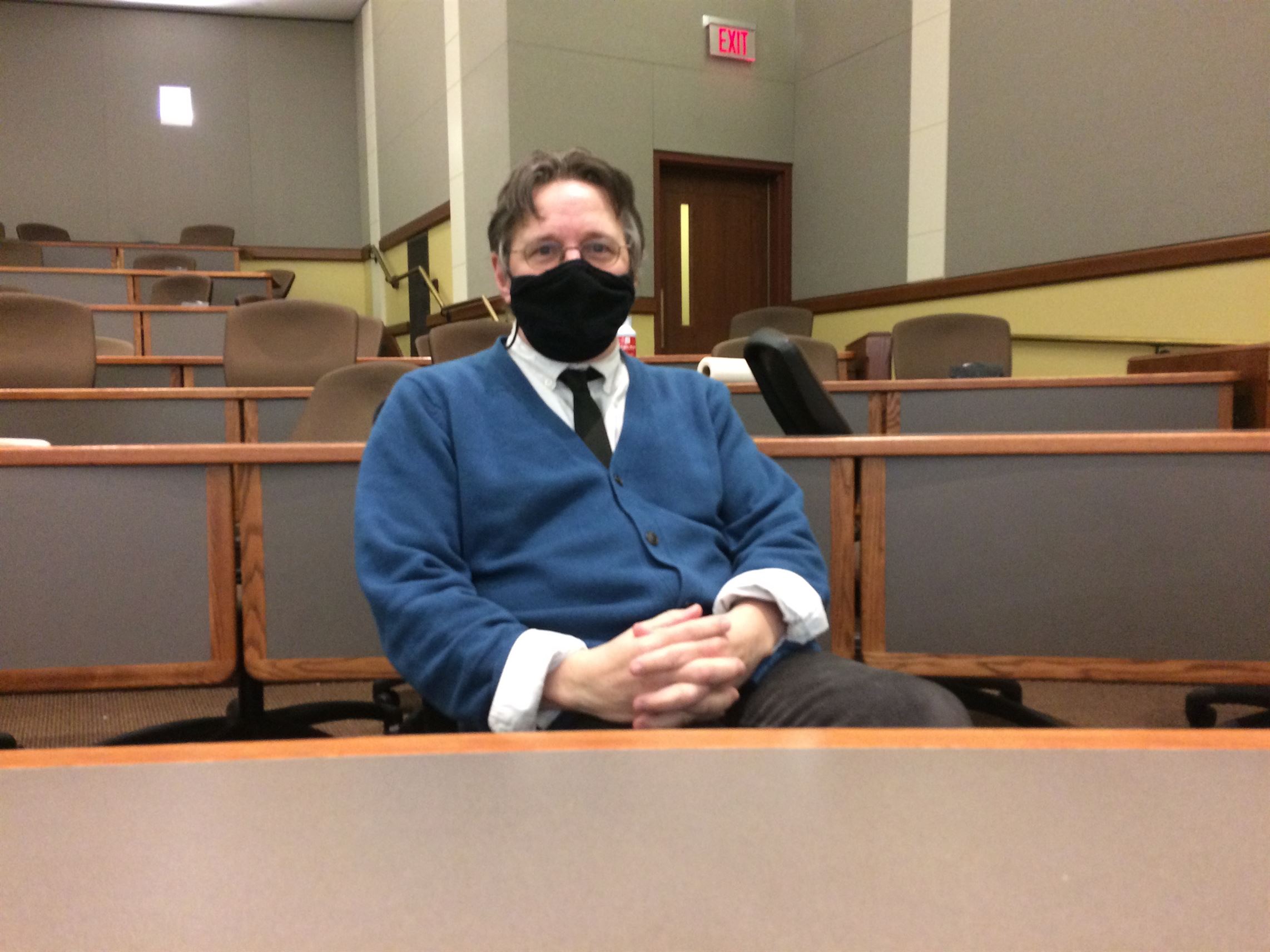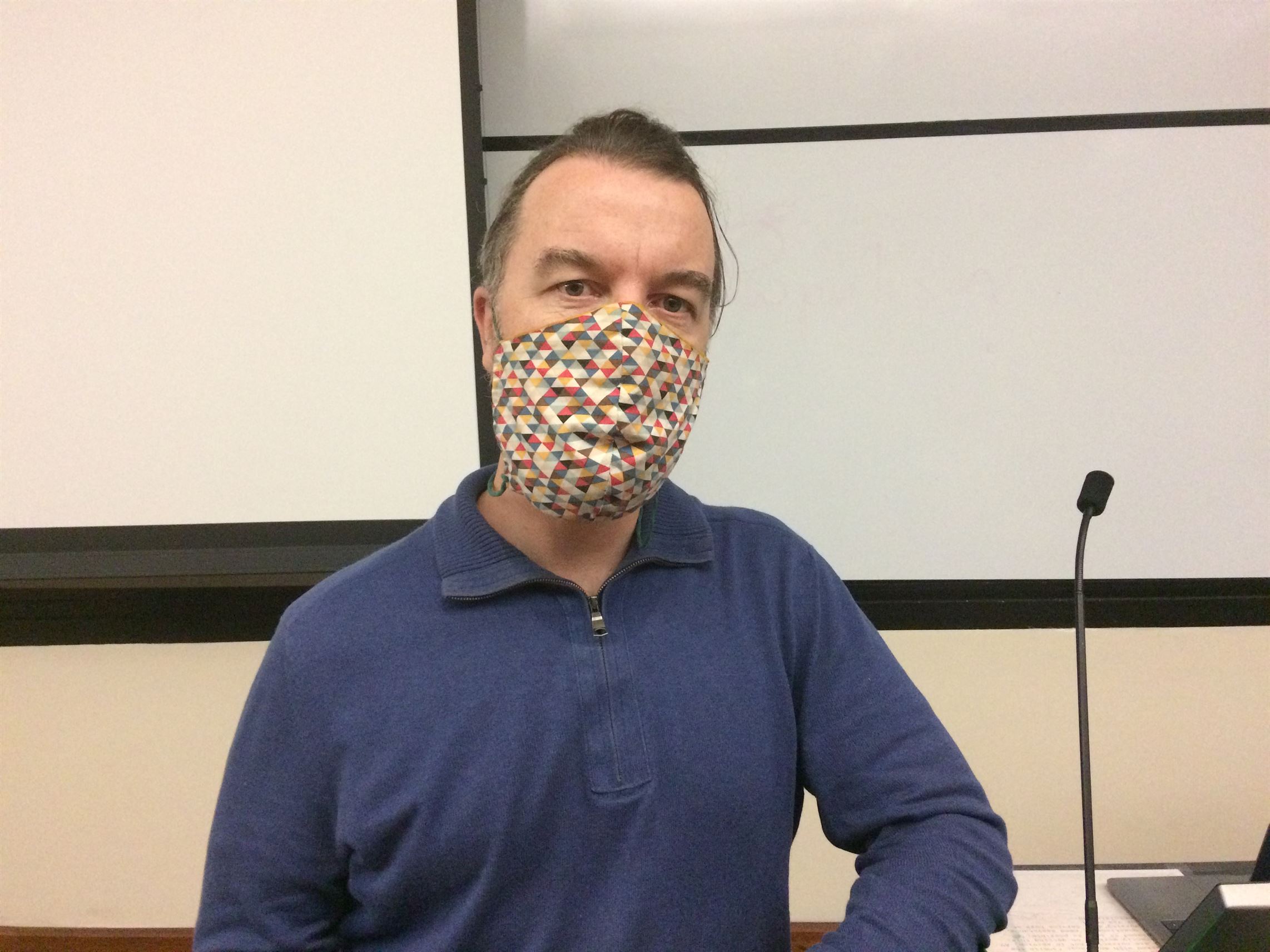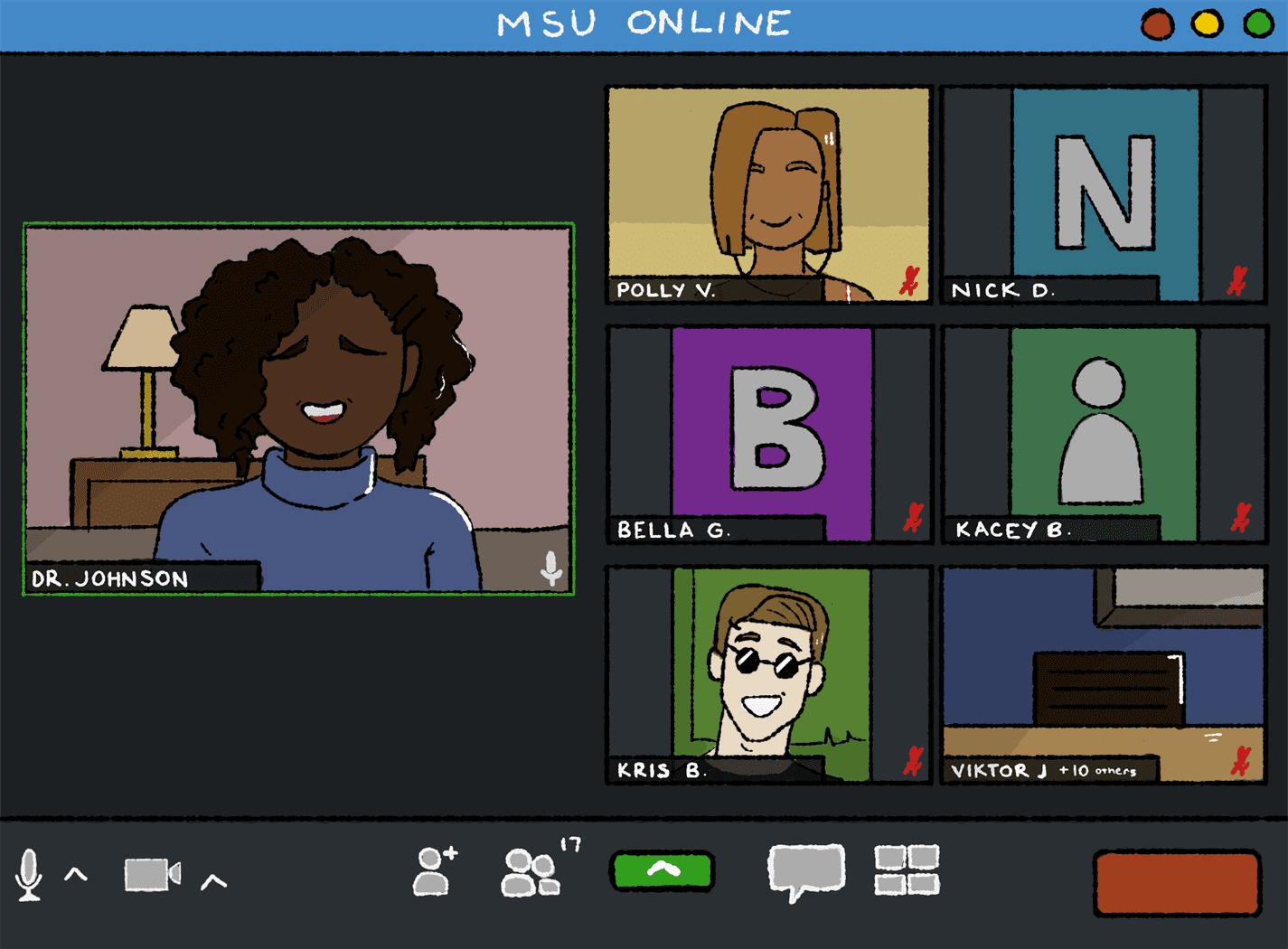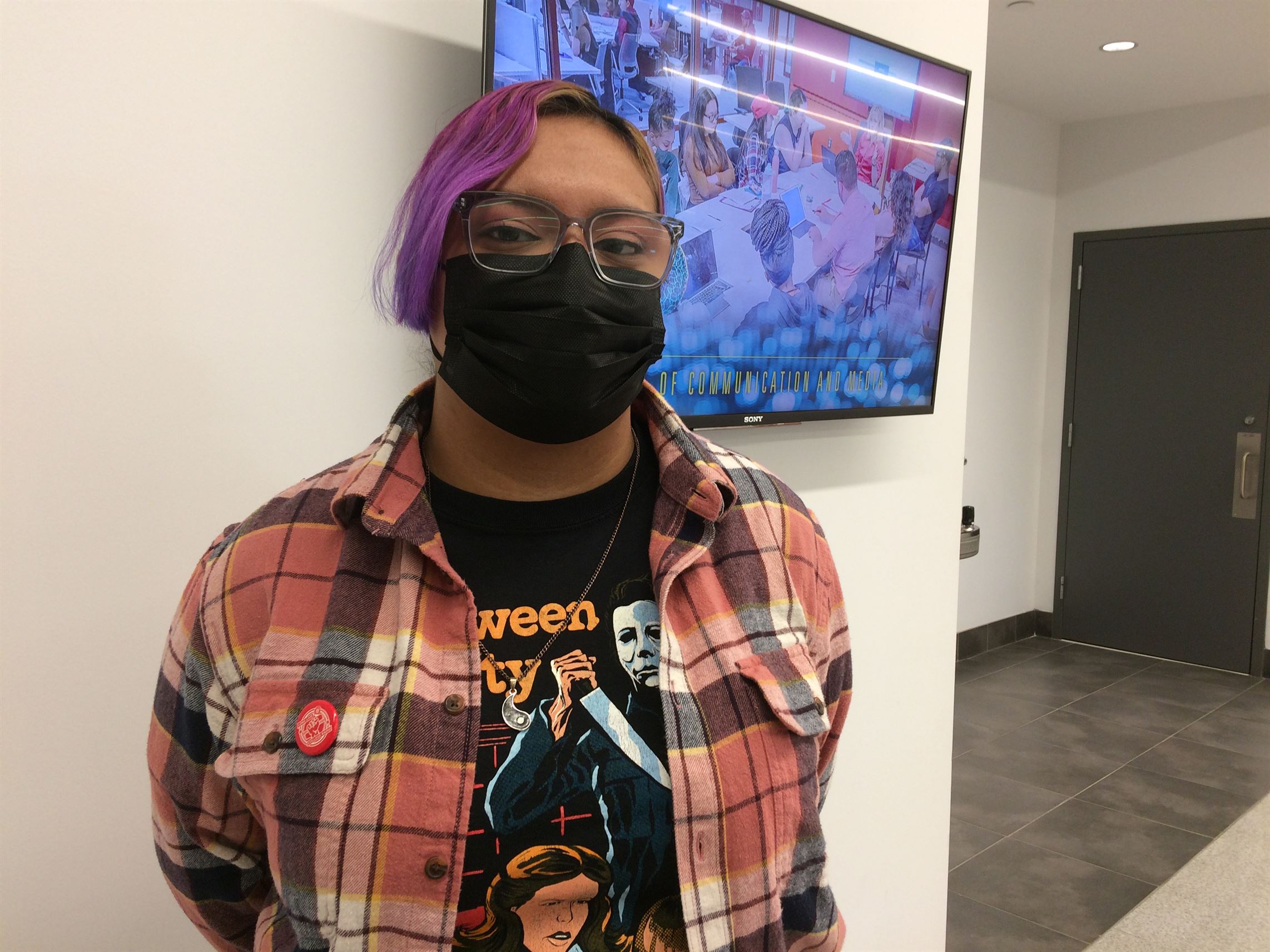#FocusDisruption is a collaboration of all the media outlets within Montclair State’s School of Communication and Media. Our goal is to report stories that highlight the effects or disruption of the coronavirus (COVID-19) pandemic. We will be focusing on five main points that are experiencing the changes of a post-pandemic world: education, misinformation, the workplace, climate change and mental health.
When students and educators were sent home in March 2020, they quickly had to figure out what to do without being in person. Our ways of teaching and learning were disrupted by the coronavirus (COVID-19) pandemic and so we had to make do with what we had: online learning.
Around a year and a half later, online learning has turned the way we think about education on its head. Even today, as we are still slowly making our way out of the pandemic, virtual education is still implemented. Whether it be the virtual days due to inclement weather or the asynchronous classes that students are still taking this year, online learning is the way that we dealt with COVID-19 interrupting our education.
Students at Montclair State University have a lot to say about their experience with learning via Zoom. Although experiences differed in some ways, they left a lasting impression on most. Cam Martin, a junior sports media and journalism major, described how he handled the initial transition to learning online.
“Using Zoom for the first time was definitely unique to me partially because I’d never experienced an online school,” Martin said. “I can sleep in a little bit, but this is still kind of new to me. I’m good with technology, so I could find a way to successfully complete this, but it’s just really a matter of, ‘Can I really do this at the moment?’”

Cam Martin is one of many students who had to make the transition to online learning.
Photo courtesy of Cam Martin
Mari Zuniga, a senior communication and media arts major, had a more difficult transition into what became the new normal for education.
“I find it hard to concentrate on the computer,” Zuniga said. “It’s really difficult for me because I’m looking at this and looking at that. I’m hearing them, but I’m not listening. I’m not paying attention.”
Dr. Erik Jacobson, an associate professor in the teaching and learning department, noted how different students reacted in different ways to the initial switch over to virtual learning.
“[For students who prepared for online learning], it might’ve been slightly different than they were expecting, but I think classes still worked for them,” Jacobson said. “I think they got maybe not 100% of what they would have gotten normally, but I think they got a good chunk of it. And the students who were not prepared for it, I think really suffered.”

Dr. Erik Jacobson had much to say about how online learning impacted our way of education.
Sal DiMaggio | The Montclarion
Students weren’t the only ones impacted by the move to Zoom. Professors had to deal with this change as well. Dr. Michael Koch, an adjunct professor for the School of Communication and Media, was one of many.
“[Online teaching is] not my preferable way to teach, but I wasn’t completely against it either,” Koch said. “I wanted to be safe, and I wanted everybody to be safe, too. So it was challenging, but I made the best of it that I could and I tried to be as accommodating as [I] possibly could be.”

Dr. Michael Koch says online learning made it difficult for him to engage properly with his students.
Sal DiMaggio | The Montclarion
Mental health was also something that online learning affected. Going to classes has a social aspect to it as well as an educational one, and being forced to learn from home took that away.
In addition to being a professor at Montclair State, Koch is also a therapist, and he saw students struggling with their mental health. But he also noted that sometimes it’s hard to know what students are going through.
“I think that it’s a bit of a cliché to say everybody is struggling, but there is a lot of cumulative impact of this,” Koch said. “Maybe six months ago, some people [would say], ‘Yeah, I’m fine. I’m doing alright.’ But as it drags on and on, it just gets tiring. I think there’s a lot of mental exhaustion. [Even] myself and [other educators] are not immune to that at all.”
Zuniga went on to discuss her struggles with mental health while learning over Zoom.
“Before COVID-19, [my mental health] was already on the rocks,” Zuniga said. “So when online learning happened, it slightly got worse. [I thought] ‘How am I going to get through this? Are we always going to be on Zoom?'”
According to Jacobson, the decline in mental health wasn’t quite invisible to professors, but it was hard for them to tell exactly what was going on.
“I had students who would straight up tell me how they were doing and how they were feeling and others who fell off the radar,” Jacobson said. “So I [would] email them, ‘How are you doing? Is everything okay?’ But then there were students who showed up, did their work, were engaged and their personality wouldn’t lend themselves to saying, ‘Actually I’m struggling right now.'”
Despite this, online learning may have its advantages going forward if used correctly, especially here at Montclair State where traffic and parking seem to always be cause for concern for students, according to Jacobson.
“It certainly provides flexibility, right?” Jacobson said. “In terms of time, schedule and physical location. Montclair State has a lot of students who work outside of school. We have a lot of students who are commuters, [and] we’ve got terrible traffic and parking problems on campus. So certainly Zoom and using online learning platforms may be a way to address some of those things.”
As the future unfolds, the COVID-19 pandemic will continue to shape our education systems. No one can predict the future and tell what it has in store for us, but at the end of the day, one thing is clear: online learning has changed the way we think about education forever.




